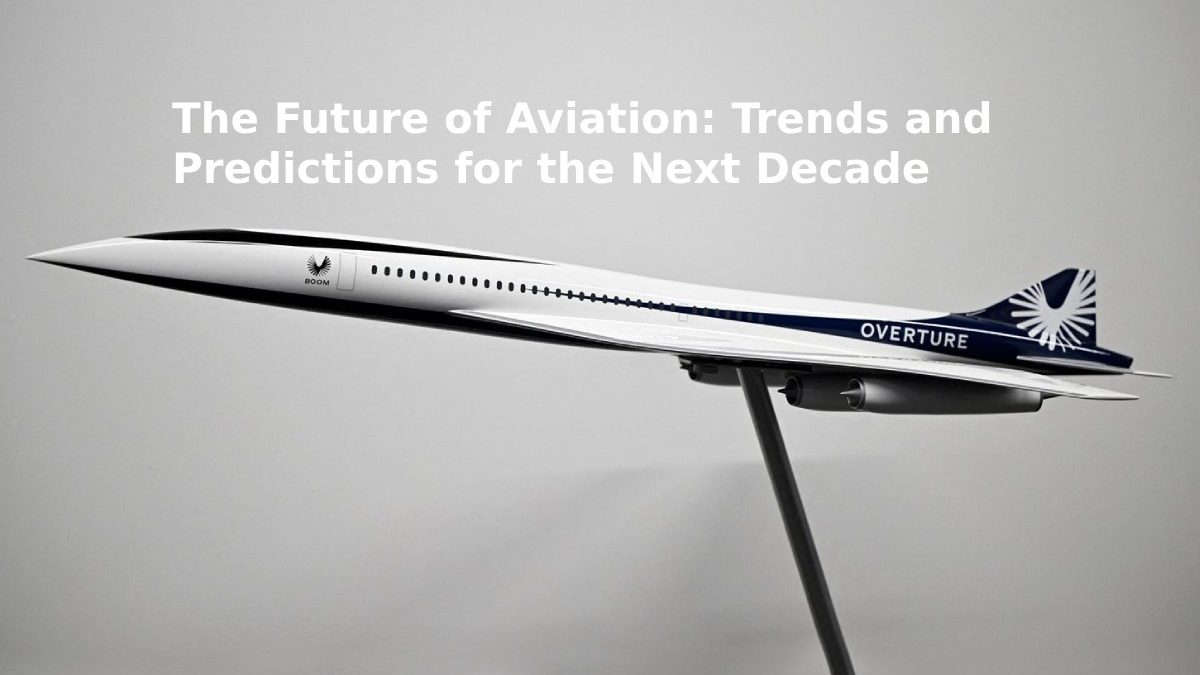The aviation industry is poised for a transformative journey in the coming decade. From advancements in technology to evolving consumer preferences, several trends are set to shape the future of air travel. By partnerning with suppliers at the forefront of the industry, like Pilot John International, you can make sure you capitalize on these trends.
Table of Contents
1. Sustainable Aviation Initiatives
The aviation industry is increasingly prioritizing sustainability initiatives to mitigate its environmental impact.
Transition to Renewable Energy Sources
- Adoption of biofuels and sustainable aviation fuels (SAFs) to reduce carbon emissions.
- Integration of electric and hybrid propulsion systems in aircraft design.
- Collaborative efforts between airlines, manufacturers, and governments to achieve net-zero emissions.
2. Technological Innovations
Advancements in technology are revolutionizing the way we think about air travel. From electric vertical takeoff and landing (eVTOL) vehicles to supersonic passenger aircraft, breakthroughs in engineering are opening new possibilities for faster, more efficient flights.
Rise of Electric Vertical Takeoff and Landing (eVTOL) Vehicles
- Emergence of urban air mobility solutions for short-distance travel.
- Potential for reduced congestion and faster commuting times in metropolitan areas.
- Challenges related to infrastructure development and regulatory approvals.
Advancements in Supersonic Travel
- Revival of supersonic passenger aircraft projects with improved efficiency and reduced sonic boom.
- Anticipated introduction of commercial supersonic flights, offering faster transcontinental travel.
- Regulatory hurdles and environmental concerns surrounding noise pollution and fuel consumption.
3. Changing Passenger Expectations
In an era of heightened connectivity and convenience, passengers are demanding more from their travel experiences. From contactless technologies to sustainable practices, airlines are adapting to meet evolving consumer preferences.
Shift Towards Contactless Travel
- Adoption of biometric identification systems for check-in, security, and boarding processes.
- Introduction of touchless kiosks and mobile apps for ticketing and baggage handling.
- Emphasis on hygiene and sanitation protocols in response to global health crises.
Demand for Sustainable and Ethical Practices
- Growing consumer awareness regarding the environmental impact of air travel.
- Preference for eco-friendly airlines and carbon offset programs.
- Calls for greater corporate responsibility and transparency in supply chains.
4. Infrastructure Development
The expansion and modernization of aviation infrastructure are essential for accommodating future growth and enhancing operational efficiency. From airport expansions to the development of urban air mobility infrastructure, investments in infrastructure will shape the future of air travel.
Expansion of Airport Capacity and Efficiency
- Modernization of existing airports to accommodate larger aircraft and increased passenger traffic.
- Construction of new airports in emerging markets to meet rising demand for air travel.
- Investment in sustainable infrastructure projects, including renewable energy and waste management systems.
Urban Air Mobility Infrastructure
- Development of vertiports and landing pads in urban centers for eVTOL operations.
- Integration of air taxi services with existing transportation networks, including ride-sharing and public transit.
- Collaboration between city planners, regulators, and private companies to establish safe and efficient aerial corridors.
5. Regulatory Challenges and Policy Frameworks
Navigating the complex regulatory landscape is crucial for the successful implementation of new technologies and business models in aviation.
Harmonization of Aviation Regulations
- Coordination between national and international authorities to ensure uniform standards for safety and security.
- Adaptation of regulatory frameworks to accommodate new technologies and business models.
- Addressing legal and ethical implications of autonomous flight systems and drone deliveries.
6. Economic Considerations
The economic viability of the aviation industry is influenced by various factors, including market demand, fuel prices, and geopolitical events. As airlines strive for financial sustainability, they must navigate economic uncertainties and embrace strategies for resilience and growth.
Recovery and Resilience Post-Pandemic
- Rebuilding of the aviation industry in the aftermath of global health crises.
- Strategies for financial sustainability and debt restructuring among airlines and manufacturers.
- Emphasis on resilience planning and risk management in the face of future disruptions.
Conclusion
As we look ahead to the next decade, the future of aviation presents both challenges and opportunities. From sustainable innovation to digital transformation, stakeholders across the industry must adapt to a rapidly evolving landscape.
FAQ: Navigating the Future of Aviation
Q: How will advancements in technology impact airport infrastructure?
A: As technology evolves, airports will need to adapt their infrastructure to accommodate innovations such as electric vertical takeoff and landing (eVTOL) vehicles and autonomous drones. This may involve constructing vertiports for urban air mobility operations and implementing automated systems for baggage handling and security.
Q: How will the aviation industry recover from the impact of the COVID-19 pandemic?
A: The aviation industry is expected to undergo a gradual recovery following the COVID-19 pandemic. Airlines will need to implement strategies such as flexible pricing, enhanced hygiene protocols, and rebuilding consumer confidence to restore passenger demand. Collaboration between stakeholders and government support will be essential for the industry’s recovery efforts.

